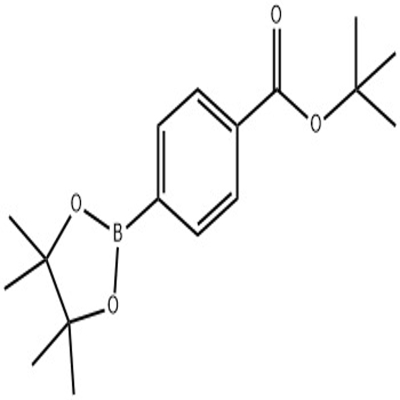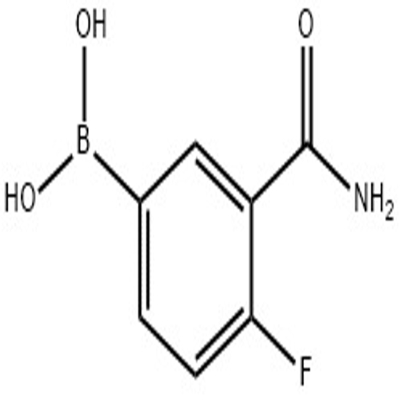Spark: IdeS may solve the problem of decline and reuse of AAV vector gene therapy
-
Last Update: 2020-06-15
-
Source: Internet
-
Author: User
Search more information of high quality chemicals, good prices and reliable suppliers, visit
www.echemi.com
BioMarin CEO has said that even if the efficacy runs out, new technologies could make re-gene therapy a reality, according to a note published yesterday (June 1) in the journal "Re-efficacy declines, bioMarin hemophilia gene therapy updates data." Yesterday, One of BioMarin's main competitors in hemophilia gene therapy, another gene therapy major player Spark Therapeutics published on Nature: "Ig G-cleaving endopeptidase enablespresences in vivo gene therapy in the anti-anti-AAV Neutralizing antibodies" article provides new potential solutions to problems such as decreased efficacy and difficulty in re-using AAV antibodies in adenovirus vector (AAV) gene therapyUsing igG degradation enzyme IdeS, Spark says, anti-AAV IgG can be quickly and briefly eliminated, restoring the effectiveness of gene therapyThe prevalence of AAV has led to the widespread presence of AAV neutralizing antibodies in populationsIt is known that the seropositive rate of AAV neutralizing antibodies in the population is considerable, With AAV1, 2, 5, 6, 8, 9 in about 67%, 72%, 40%, 46%, 30% and 47% of healthy peopleThe high positive rate of AAV neutralizing antibodies and its role in blocking liver transduction and vector remodulation greatly affect the effect of Gene therapy with AAV as a carrier, which is one of the main limitations of gene therapyIn addition, after gene therapy, high tints of anti-AAV antibodies appear and long-term existence, to the gene therapy again to provide a serious challengeAt present, in order to solve this problem, many studies have chosen to use immunosuppressto to overcome the anti-AAV antibody strategy, but this approach is inefficient in removing existing antibodies"I try to stratify the immune response of AAV, and antibodies are the first layer, the first obstacle to gene transduction," says CSO Federico Mingozzi of Spark Therapeutics"In this study, the researchers explored the limitations of AAV neutralizing antibodies using IgG degradation enzymes extracted from pus-pucosy streptococcus as a strategyImlifidase (IdeS) is an endopeptide enzyme that can be cracked into F(ab') 2 and Fc fragments in a short period of time, as demonstrated in antibody-mediated rejection reactions of grafts and heparin-induced platelet reduction clinical studiesIn response, Mingozzi said, IdeS's excellent safety and transient antibody decomposition are perfect for gene therapy"Basically, what you need is a time when you can inject the carrier and get the carrier to the target tissueOnce the vector enters the cell, it is not affected by the antibody, which usually lasts only a few hours," Mingozzi saidIn Spark's study, the researchers first found that in mice with passive intravenous Ig, IdeS reduced levels of anti-AAV antibodies and significantly increased gMO expression and liver gene transductionThe method was then extended to non-human primates, the natural hosts of wild AAV, and the researchers found that IdeS treatment before injection of AAV vectors (AAV8 carriers carrying the factor IX gene) was safe, and it was observed that re-injection of AAV vectors could also enhance liver transductionFinally, the researchers observed the same effect in experiments with human plasma samples, which included plasma from participants in gene therapy trials"IdeS works not only on existing antibodies, but also on new antibodies after vector administration, which is surprising because the latter is expected to stimulate significant and lasting efficacy," Mingozzi said "Gene therapy reuse has been a challenge that researchers hope to overcome The reason is that existing gene therapy may diminish over time, a problem that is critical for patients who receive treatment in infancy Spark hopes the technology will expand the possibilities of AAV vector gene therapy Spark is understood to have applied for a patent around the special use of IdeS Preclinical research, including GLP toxicology research, is in progress Spark's gene therapy research and development team will then discuss with regulators how to redesign and evaluate clinical studies that incorporate AAV-positive patients.
This article is an English version of an article which is originally in the Chinese language on echemi.com and is provided for information purposes only.
This website makes no representation or warranty of any kind, either expressed or implied, as to the accuracy, completeness ownership or reliability of
the article or any translations thereof. If you have any concerns or complaints relating to the article, please send an email, providing a detailed
description of the concern or complaint, to
service@echemi.com. A staff member will contact you within 5 working days. Once verified, infringing content
will be removed immediately.







